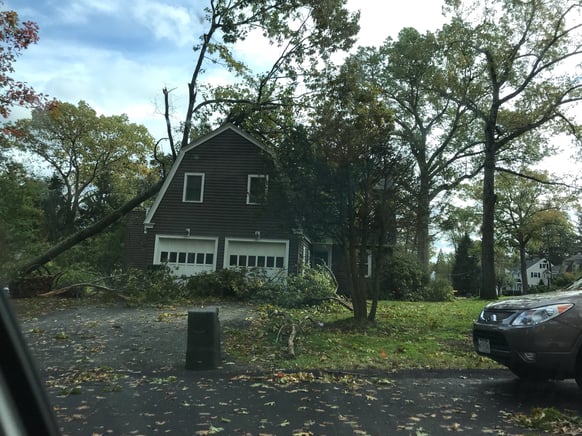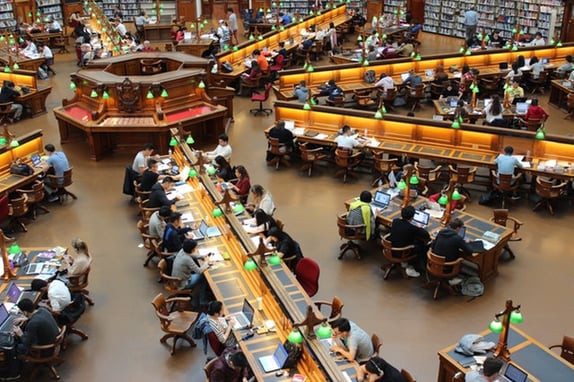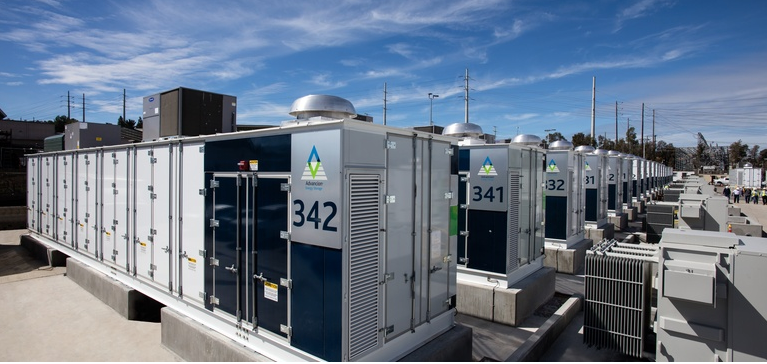I’m writing this blog from the floor of the Andover Public Library in Andover, MA. After a major windstorm, power is out all over New England and people are scurrying for the few available power outlets and sources of internet.
 Photo by Jennifer Chiodo
Photo by Jennifer Chiodo
When I do design review of new construction projects, one of my comments is invariably: Are there enough outlets to accommodate people’s chargers? I often think only of everyday charging needs when assessing outlet capacity in buildings and still I find that there are not enough outlets for today’s typical users.
Whenever a building is being considered as a place of refuge, the need for resilient power and internet capacity increases dramatically. In new electrical system design for places of refuge, we need to consider who we serve and how many of those people may need the services available. Will emergency power be provided to enable communications and the continuance of electronic communications relating to maintaining economic activity during extended outages?
If we determine that the building should provide the level of resiliency necessary to continue some semblance of our normal lives (including email, cell phone use and access to the web), then we must design capacity into schools, libraries, public and office buildings to support these needs.

Keys to Power Outage Resiliency
The five keys to enabling continued communications and economic activity in the face of extended power outages include:
- Assess the volume to be served and identify the buildings that will provide resilient capabilities.
- Improve the building envelopes, structures, plumbing, HVAC and electrical systems to make them minimum energy input buildings (enabling them to ride through extended periods with minimum heat inputs) and ensure they have operable windows and the potential for auxiliary ventilation.
- Build in redundancy for critical systems. These include:
- Water – many buildings are on municipal water supplies which should also be targets for increased resiliency so that they are able to provide drinking water in the face of extreme weather. Buildings with on-site water storage have increased resiliency because the availability of the local resource provides a back-up. Redundancy is a key aspect of resiliency. We need to consider whether there is a need to warehouse drinking water in these community hubs.
- Power supply – ideally serve these buildings from two separate utility substations or distribution nodes. Provide emergency generators with significant fuel storage and provide batteries with solar charging capability. Ensure that buildings can be islanded – separate from the power grid so that they can continue operation during outages.
- Heating, cooling and ventilation – people generate a lot of heat, so buildings crammed with people and our electronics can have lower heating loads than they would in their normal operating conditions. However, it is important that the building has the capability to provide some heating, cooling and ensure adequate ventilation.
- Lighting – LED lights use so little power that lighting systems can be accommodated on emergency power systems. Include dimming with master control so that lights can be dimmed to reduce power consumption and use daylighting to minimize the need for electric light during the day.
- Plumbing – what happens when you greatly exceed the typical design capacity for buildings? The restrooms often become a problem with backed-up toilets and long lines. Ensure the plumbing system isn’t susceptible to storm-water back-up or other waste water system issues that could result in failure. Consider including some composting toilets that will not be overwhelmed by high volume. Vermont Law School has successfully used composting toilets in Oaks Hall for decades.
- Internet – while I’m loath to say that the internet is a must have – my experience today, with a work deadline and no power, has made me more aware of the critical place the internet has in enabling continued economic activity in the face of severe weather. Use underground fiber and provide redundant services from two different access points.
- Provide the amenities that will enable people to maintain some semblance of normal life:
- Showers
- Outlets – enough for everyone with seating and tables.
- Internet – open to all with no required password (thank you Andover Public Library) and enough capacity to handle hundreds of simultaneous users.
- Quiet space
- Community space – provide space for people to congregate, get updates, share their experiences and talk about their hopes and fears. I’ve learned Halloween is postponed and schools are closed tomorrow in addition to today. It would be good if this information didn’t spin out of the rumor mill, but came from a central place where information is vetted for veracity.
- Cots, pillows, blankets, lockers and barriers – for those who need to stay overnight, provide some semblance of privacy and security.
- Test, feedback and improve:
- For too long we’ve designed buildings and walked away without learning how they perform under the conditions for which we designed them.
- In order to ensure we have truly resilient buildings, we should develop a rating system that quantifies the intended, designed and achieved levels of resiliency/redundancy both in tests and in actual events.
- When things don’t go as expected, we should use the airplane crash approach to assess what went wrong, why and determine how we will correct it in existing and future designs.
Think Long Term
Buildings that are being designed in 2017 are likely have the same electrical system for the next 50-70 years. This means we need to consider not only the weather that we see now, but the future of extreme weather events, which means we need to recognize the increasing needs for the kinds of resiliency discussed here.
What have I missed? What resilient attributes do you think are most important for planned community hubs to be used as places of refuge and work in the face of significant power outages?


